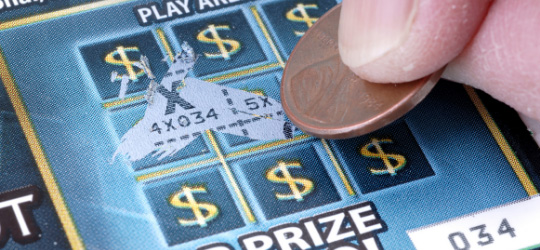In the previous lesson, you identified one area of your recovery you want to improve.
Now, it’s time to pinpoint the exact goal you should set to make the greatest positive change in your health and performance.
It’s important to understand that successful goal-setting is an actual science. If you don’t work with the brain’s natural dopamine reward system, you’ll fight an uphill battle and ultimately fail to make changes that stick.
Part of what is knowing how dopamine motivates us. Each time we predict a reward, whether it’s getting thousands of likes when we open Instagram or seeing the number go down when you step on the scale, we get a little dopamine spike.
This is important, because the spike comes before the actual reward! It’s the anticipation of something great that causes the dopamine uptick.

This is what drives and reinforces our behavior.
But what happens when we don’t get what we’re anticipating? When what actually happens falls short of our expectations?
Each time our brain incorrectly predicts the level of reward from an action, it adjusts its prediction up or down—and your motivation to take that action again adjusts along with it.
What does this mean for your fitness?
When you first start training, your brain sees very rapid progress, i.e. a big reward from the work. Your body fat quickly drops, strength grows, aerobic fitness improves, etc.
Your brain becomes conditioned to expect a big payoff from all the work. This predicted reward leads to a large dopamine spike before each workout, which strongly motivates you to work out.
The big problem is that progress is never linear.
Those initially rapid gains inevitably slow down, usually within a matter of weeks.
As soon as the reward diminishes, your brain starts to realize that its prediction was wrong—the work isn’t leading to the same level of reward.

When your brain sees fewer results than it expected, your dopamine levels nosedive and your motivation to train goes along with them.
If your goals are tied to things that don’t always improve quickly, it’s only a matter of time before you stop working toward them.
So, what kind of goals should you set?
There are two kinds of goals, and both of them are important.
The first is an outcome goal, and this is what you ultimately want to achieve. This might be “Lose 20 lbs” or “Increase my bench press by 20 lbs,” or “Get at least 8 hours of sleep each night.”
The other kind of goal is a process goal, and this focuses on the behaviors required to reach an outcome goal.
For example, if your outcome goal is to lose 20 lbs, then there are a series of steps around being active, eating, training, and recovering that will ultimately determine whether you reach that goal.
In the last lesson, you identified your biggest recovery roadblocks.
This is your outcome goal, what you’re ultimately trying to change or improve.
The way to steadily make progress toward your goal without losing motivation is to shift your focus away from your long-term outcome goal—like sleeping better, eating healthier, or losing weight—and toward the process of achieving them.

Whether it’s getting in enough steps, doing the workout you planned, avoiding caffeine after a certain time, or anything else, you can stay motivated simply by concentrating on achieving these very short-term goals.
The power of progress
Set a goal you can achieve each day and make it small and practical.
Take advantage of the dopamine reward system and give yourself the gratification of accomplishing something each day.
This will keep your motivation strong and your focus trained on what you can control.
Nothing will dampen your drive to change more than failing to meet your expectations.
Action step:
Write out your outcome goal—the single area of your recovery you want to improve.
Then detail the steps you need to take each day to reach that goal.
Once you’ve identified 2-3 key process goals to help you reach your outcome goal, answer the following questions:
- What are you going to measure to track your process goals?
- How will you track them? (Excel, daily checklist, etc.)
- How often will you track them?
- What will you look for to identify progress or setbacks?
